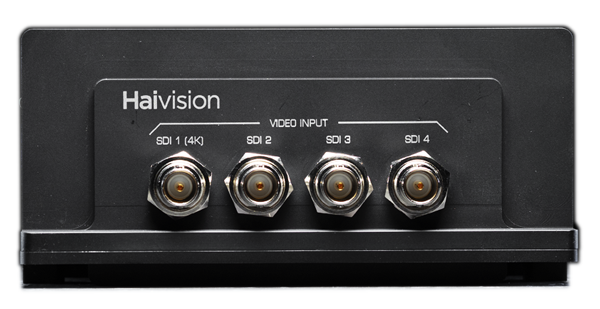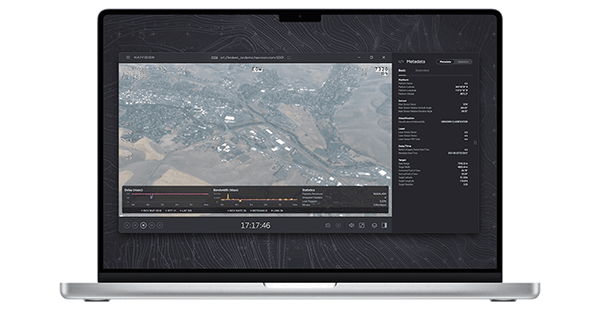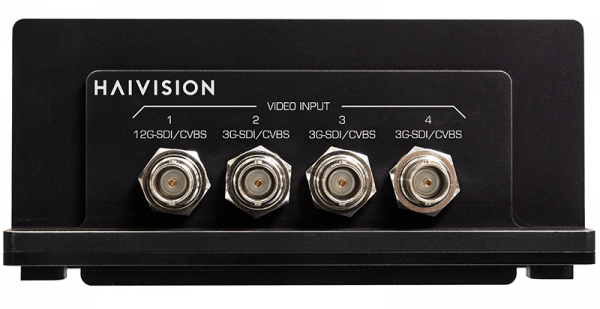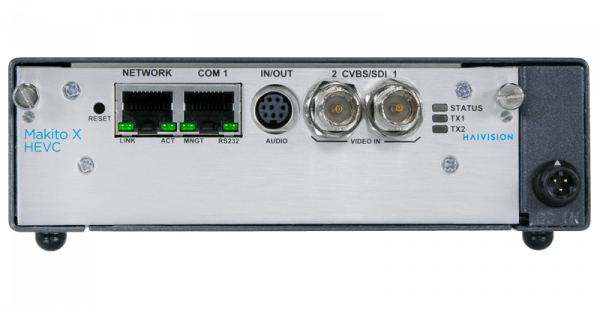It’s official – 4K is finally becoming mainstream. 4K UHD TVs have proved to be one of the fastest-growing segments in the history of consumer electronics. According to research firm IHS Markit, more than half of TVs shipped globally in the last quarter of 2018 were 4K, and in North America, that number is closer to 60% for the same quarter.
The reason for this accelerated rate? 4K TVs are getting both bigger and cheaper and as prices reach new lows, the barrier to entry is lowered, making way for mass consumer adoption.
As a result, viewer demand for 4K content is rising. Streaming video on demand services like Netflix and Amazon have been offering 4K content since as early as 2014 and have come a long way with their 4K UHD content libraries. Up until now, major traditional broadcasters have been a little slower on the uptake and have focused their limited 4K/UHD coverage of large “marquee events” such as the Olympics and the World Cup. However, the increasing competitive pressure to differentiate and deliver premium service quality to meet consumer expectations is finally pushing 4K to the mainstream.
There’s a growing concern among broadcast professionals, however, that they are not adequately equipped to deliver 4K content as they’re confronted with some significant, financial and infrastructure hurdles to overcome, especially when it comes to live production workflows. These include:
Flexibility – most broadcasters will need to balance the production of both live HD and 4K content with the ability to switch easily from one format to the other leveraging their existing infrastructure.
Cost Efficiency – for many broadcasters it can be difficult to justify the additional expense of equipping a studio facility or OB truck with the infrastructure needed to support both 4K and HD live broadcast contribution workflows.
Latency – for interactive video content such as live bi-directional interviews or dialogue between a remote site and central studio, 4K video needs to be streamed over the internet at very low latency to minimize visible delays which otherwise ruin the viewing experience.
Video Transport – with limited and expensive satellite, fiber or MPLS links typically reserved for primary video contribution, broadcasters still need to transport video for alternative cameras for backstage interviews, off-field coverage and return and teleprompter feeds.
Bandwidth – the resolution, frame rate and pixel depth needed for 4K UHD content requires far greater throughput compared to HD. Live broadcasters are still struggling to accommodate the bandwidth required.
Security – for the delivery of “premium” 4K UHD content using the public internet, security can be a major concern.
To find out how each of these challenges can be easily addressed, download our brand new white paper, The Insider’s Guide to Live 4K Production Over the Internet. It explains in detail how broadcasters can ease the transition from HD to 4K by leveraging their existing infrastructure to support both 4K and HD contribution workflows with the same platform.




























